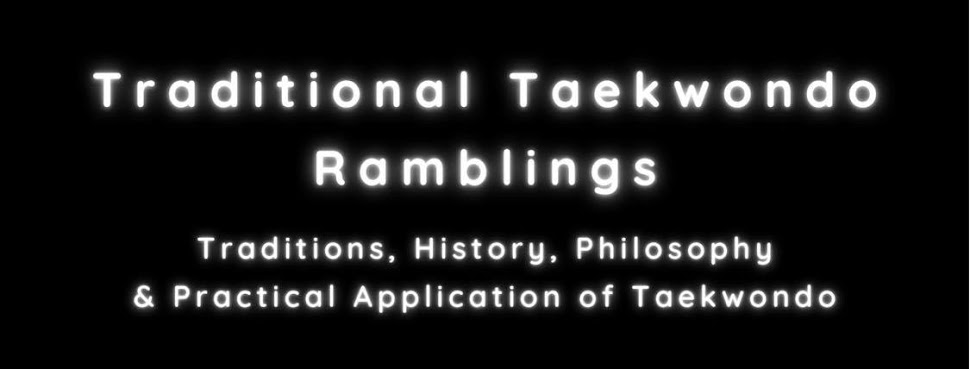He draws from many different sources, and the forms does contain more "unrealistic" kicking methods than the ones preffered by the Kukkiwon sactioned forms, at least in the hight Soak Am Ryu forms. They also stress low stances, and hip twist for power generation.
I use these in my training and I want to share a few with you so you can see what they are about. The clips are old so my technique is nowhere near any good, but you can see the sequence of movements eventhough my technique is rather poor at times:-)
The first three forms are called Gibon Il Jang, Gibon I Jang and Gibon Sam Jang which translates into Fundemental part one, fundemental part two and fundemental part three respectivly. These are great forms for training children and they are so logically developed that most adults get the whole series in a matter of minutes. They are great for polishing technique too as they are so simple that there is no where to hide:-)
What follows the three gibon forms is "Ye Il Jang" and "Ye I Jang". I have only filmed the first one though. "Ye" is Korean for behavior and ethics, or code of conduct. "Ye" governs how we dress, speak, eat and just about anything. In the form it teaches the basic ways to use the body. The first form consists mainly of single handed techniques (you know what I mean:-) ) and the second one of two handed techniques.
I will see if I can film some of the higher forms as well. They grow in complexity and are generally more challenging than the Taegeuk form set. They are great training forms because of its focus on longer stances, the fact that it is completly symetrical (and therefore practise the right side as much as the left side) and the higher and more complex kicking sequences.
Note that these forms are considered aditional forms. They do not replace the Taegeuk and Judanja Poomsae, they merely complement them:-)

No comments:
Post a Comment